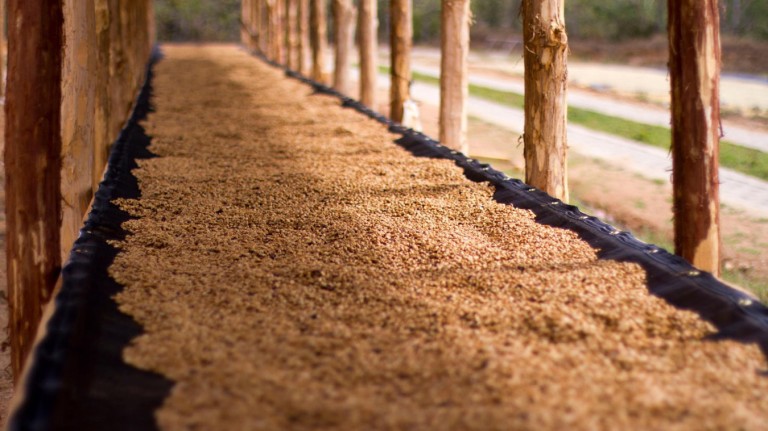I had a great follow up question to last week’s Kenya discussion: “what does the ‘AA’ in ‘Mutitu AA’ mean?”
You frequently see letters associated with green coffee. They are grade indicators. To borrow from Peter Baskerville’s Glossary of Coffee Terms, “they are usually given to identify the size of the Arabica variety of coffee beans because there is a general market belief that there is a correlation between bean size and flavour”.
Given coffee is the product of local economies and country specific systems, the letters are not universal. For examples, in India the singular ‘A’ is the largest size but in Papua New Guinea ‘AA+’ means it originates on an estate. For Kenyan coffee, there is AA, AB, PB, C, E, TT, and T, which articulate size (including PB for peaberry) from largest to smallest. For quality, there is a grade system that goes from 1 to 10 with the lower numbers indicating higher scores.

While these national systems may use varying terminologies, the common scale is coffee screens. Pictured above, they sort bean by diameter on a range between 10 and 22. The numbers are listed as fraction – for example 17/18 or 15/16 or 13/14 – in relation to an inch. For Kenyan coffee, the AA is 17/18 and the AB is 15/16.
One last note, I like Baskerville’s stress on the “general market belief”. While there is certainly some correlation between a bean size and its growing conditions, size is just one element in the constellation of factors that will contribute to a cup’s taste. Removing one part from the assemblage will downplay the complexity and politics of coffee agriculture, most notably environment and labour.
tl;dr: most coffee producing countries have unique codes or systems to classify bean qualities or specific characteristics.
